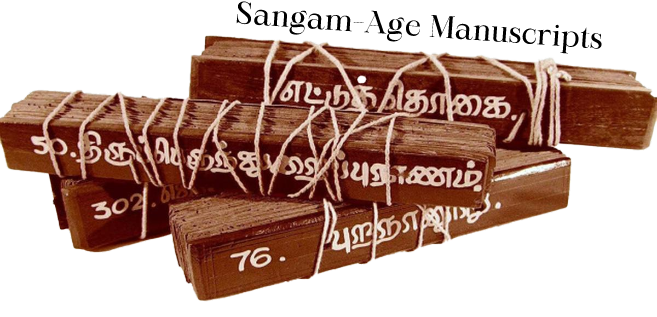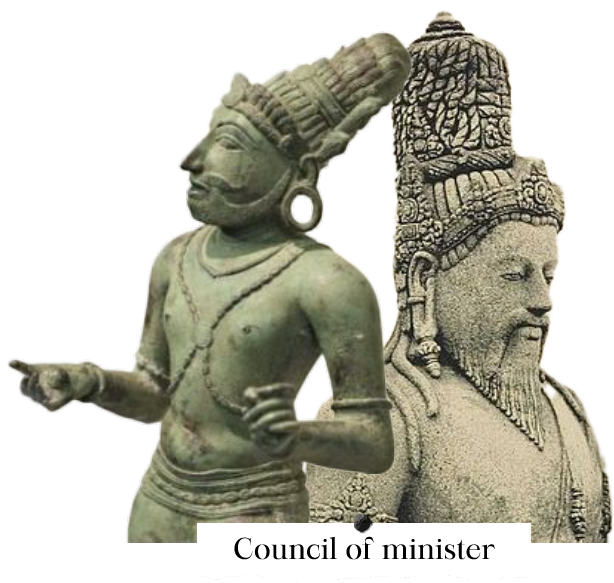Content
[6] N. Subrahmanian, Sangam Polity: The Administration and Social Life of the Sangam Tamils,
Asia Publishing House, New Delhi, 1966, pp. 35-39.
[7] Ibid, p. 40
[8] N. Subrahmanian, Sangam Polity: The Administration and Social Life of the Sangam Tamils,
Asia Publishing House, New Delhi, 1966, pp. 43-44.
[9] K.A. Nilakanta Sastri, Colas, University of Madras, 1955, pp. 67-68.
[10] K. V. Subrahmanya Aiyer, Historical Sketches Of Ancient Dekhan, The Modern Printing Works,
Madras, 1917, p. 314.
[11] V. R. Ramachandra Dikshitar, Studies in Tamil Literature and History, Madras Law Journal
Press, Madras, p. 222.
[12] K. A. Nilakanta Sastri, The Pandyan Kingdom: From the Earliest Times to the Sixteenth
Century, Luzac & Co., London, 1929, p. 87.
[13] N. Subrahmanian, Sangam Polity: The Administration and Social Life of the Sangam Tamils,
Asia Publishing House, New Delhi, 1966, p. 113.
[14] V. Kanakasabhai, The Tamils Eighteen Hundred Years Ago, Higginbotham & Co., Madras and
Bangalore, 1904, pp. 109-110.
[15] V. R. Ramacharan Dikshitar, The Silappadikaram, Oxford University Press, 1939, p. 36.
[16] V. Kanakasabhai, The Tamils Eighteen Hundred Years Ago, Higginbotham & Co., Madras and
Bangalore, 1904, pp. 109-110.
[17] K. A. Nilakanta Sastri, Colas, University of Madras, 1955, p. 69.
[18] N. Subrahmanian, Sangam Polity: The Administration and Social Life of the Sangam Tamils,
Asia Publishing House, New Delhi, 1966, p. 91.
[19] R. C. Majumdar, Corporate Life In Ancient India, Calcutta, 1918, pp. 54-55.
[20] K. B. Rangarajan, “Sangam Age: A Unique Identification of Cultural Heritage of Tamil Nadu”,
IJRAR- International Journal of Research and Analytical Reviews, Vol. 5, Issue 3, JULY – SEPT
2018, pp. 737-738.
[21] R. S. Sharma, Ancient India A History Textbook for Class XI, National Council of
Educational Research and Training, New Delhi, p. 167
[22] N. Subrahmanian, Sangam Polity: The Administration and Social Life of the Sangam Tamils,
Asia Publishing House, New Delhi, 1966, p. 110.
[23] K. A. Nilakanta Sastri, Colas, University of Madras, 1955, p. 71.
[24] K. A. Nilakanta Sastri, The Pandyan Kingdom: From the Earliest Times to the Sixteenth
Century, Luzac & Co., London, 1929, p. 90.
[25] T. K. Venkatasubramanian and T. K. Venkatasubramaniam, “Chieftaincies of The Sangam Age A
Developmental Approach”, Proceedings of the Indian History Congress, Vol. 42, 1981, pp. 82-94 &
K. A. Nilakanta Sastri, Colas, University of Madras, 1955, p. 71.
Pictures
Gopikumar.ila, CC BY-SA 3.0
Ms Sarah Welch, CC BY-SA 4.0








